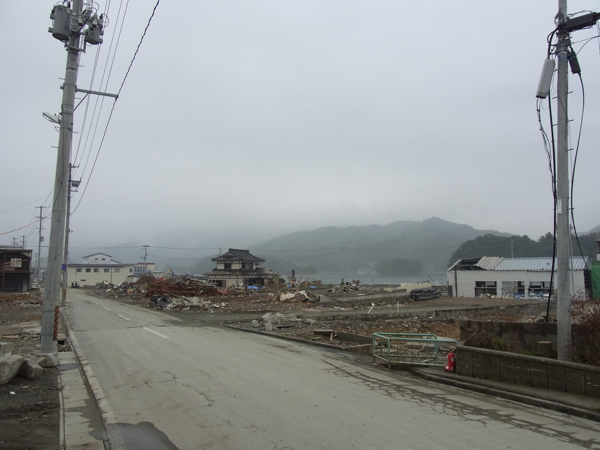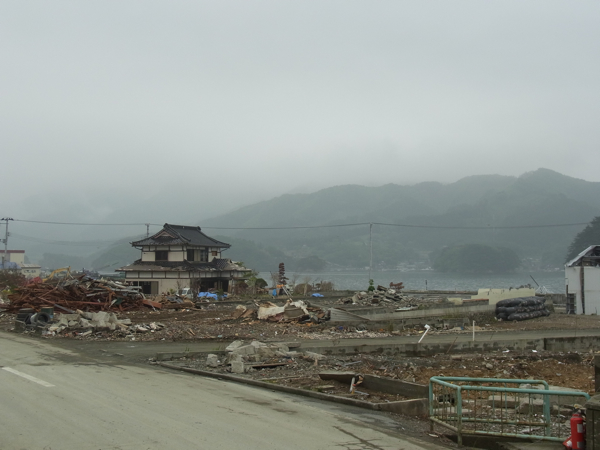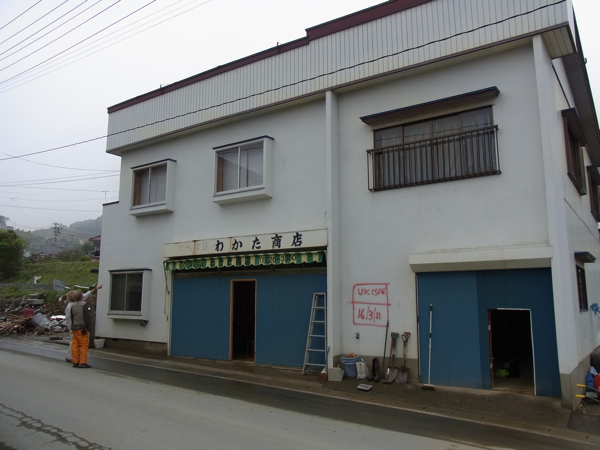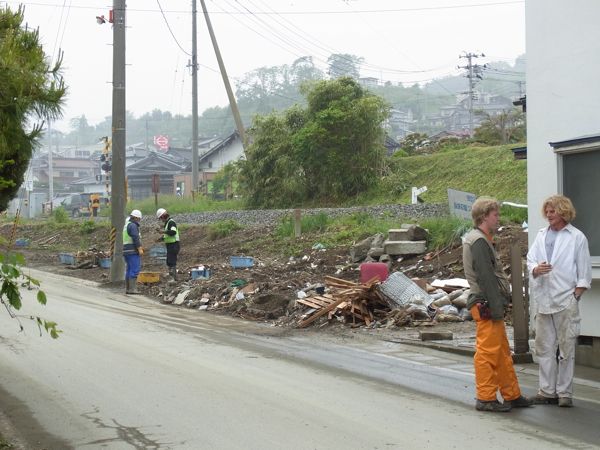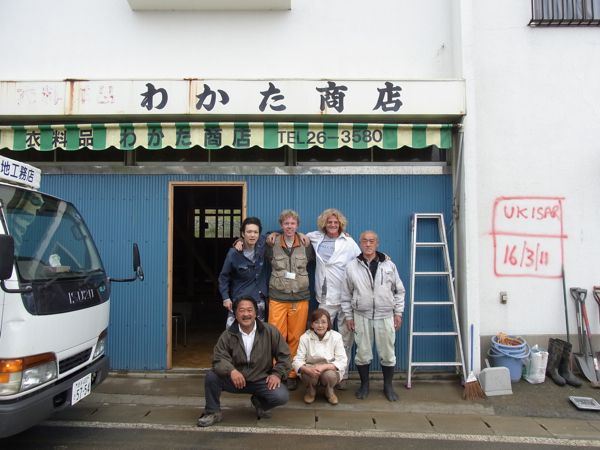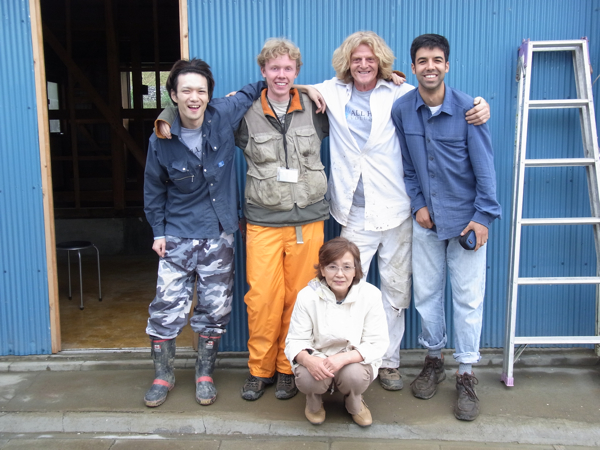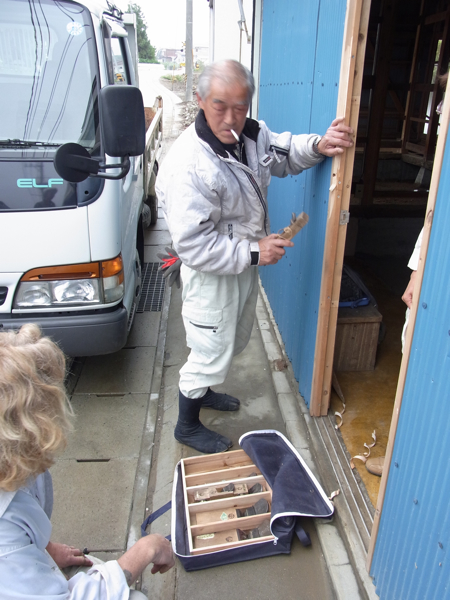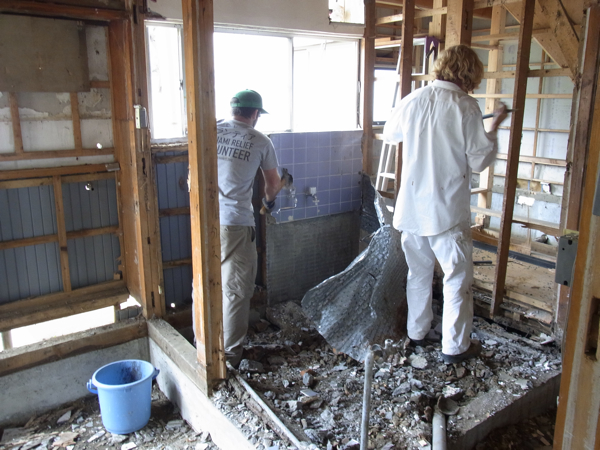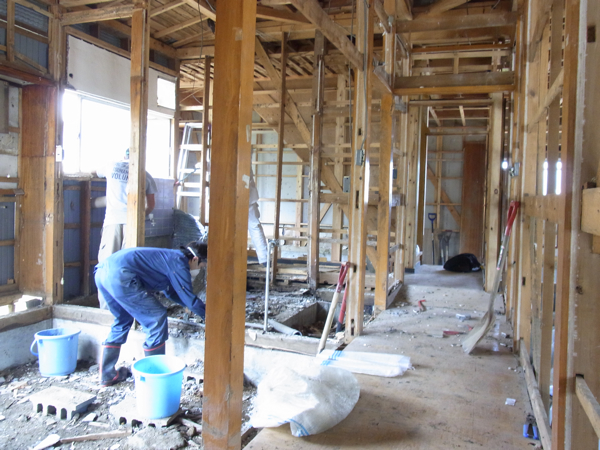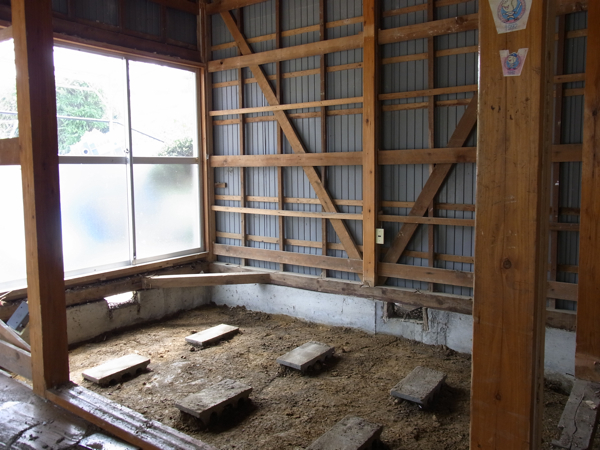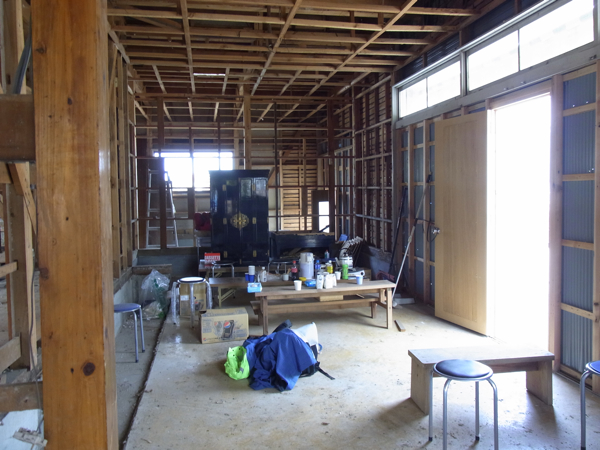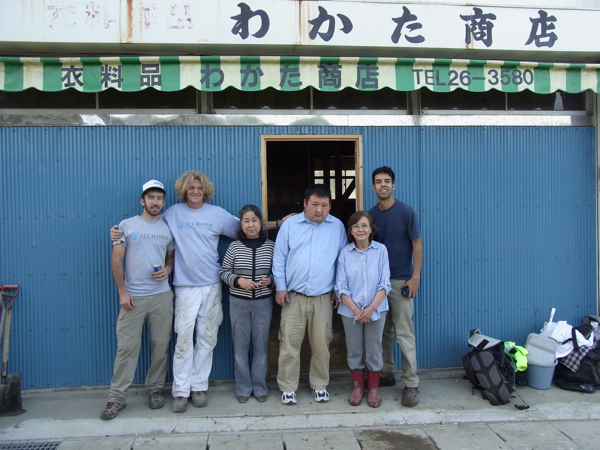In April, Tokyo Ramen Street expanded to eight stores. The original four are still there (although Keisuke now serves a crab miso rather than the past lobster miso) along with four new spots. Brian and I checked out 七彩 (Shichisai), which serves a Kitakata style ramen – a light shoyu or shio soup with amazing chashu pork:
CollaboRamen – Shichisai from Daniel Morales on Vimeo.
For three years I lived in Fukushima Prefecture about thirty minutes away from Kitakata. I ate in famous Kitakata shops a number of times, but it never really made an impact on me until I tried Shichisai. Sure, I noticed the pork tasted great, but until Brian showed me what to look for in different bowls, I always erred on the side of miso and went for hearty, savory bowls of Hokkaido style ramen.
I was also intimidated by the huge amount of pork that some chashu-men bowls offer. Shichisai has the perfect amount of pork on its 喜多方肉そば – not too much, not too little – and the soup was light and delicious – I finished the whole bowl, which is a rarety for me.
One of the neat parts about this shop is that there are windows into the kitchen area, so you can watch them cook while you wait.
Brian ran into some guys from the Tōno, Iwate-based Zumona Brewery at the Daimaru department store giving out samples of their German-style beers. After the earthquake, a group of twenty-one Japanese craft breweries created their own relief effort under the title “Re-Fermenting Japan.” Illustrator, author, and overall Japan beer guru Hiroyuki Fujiwara created the slogan and the graphic that’s being used on posters and bottles.
Sasaki-san, the Zumona brewer, will be at Daimaru until Tuesday, June 28th, so be sure to drop by to try some out and pick up a few bottles. We covered the basement of Daimaru in a past Collabo-Ramen video – they’ve got a decent selection.



